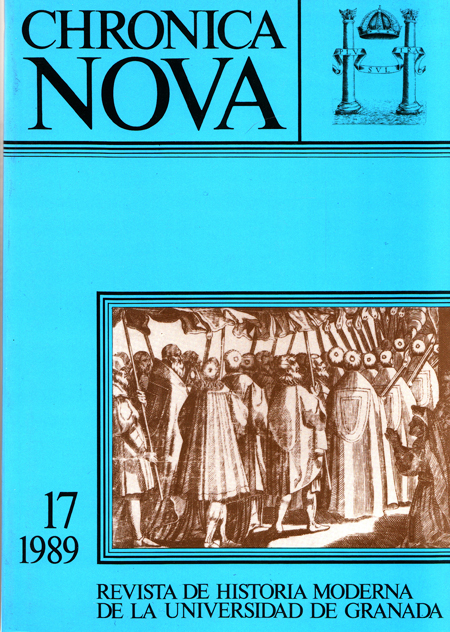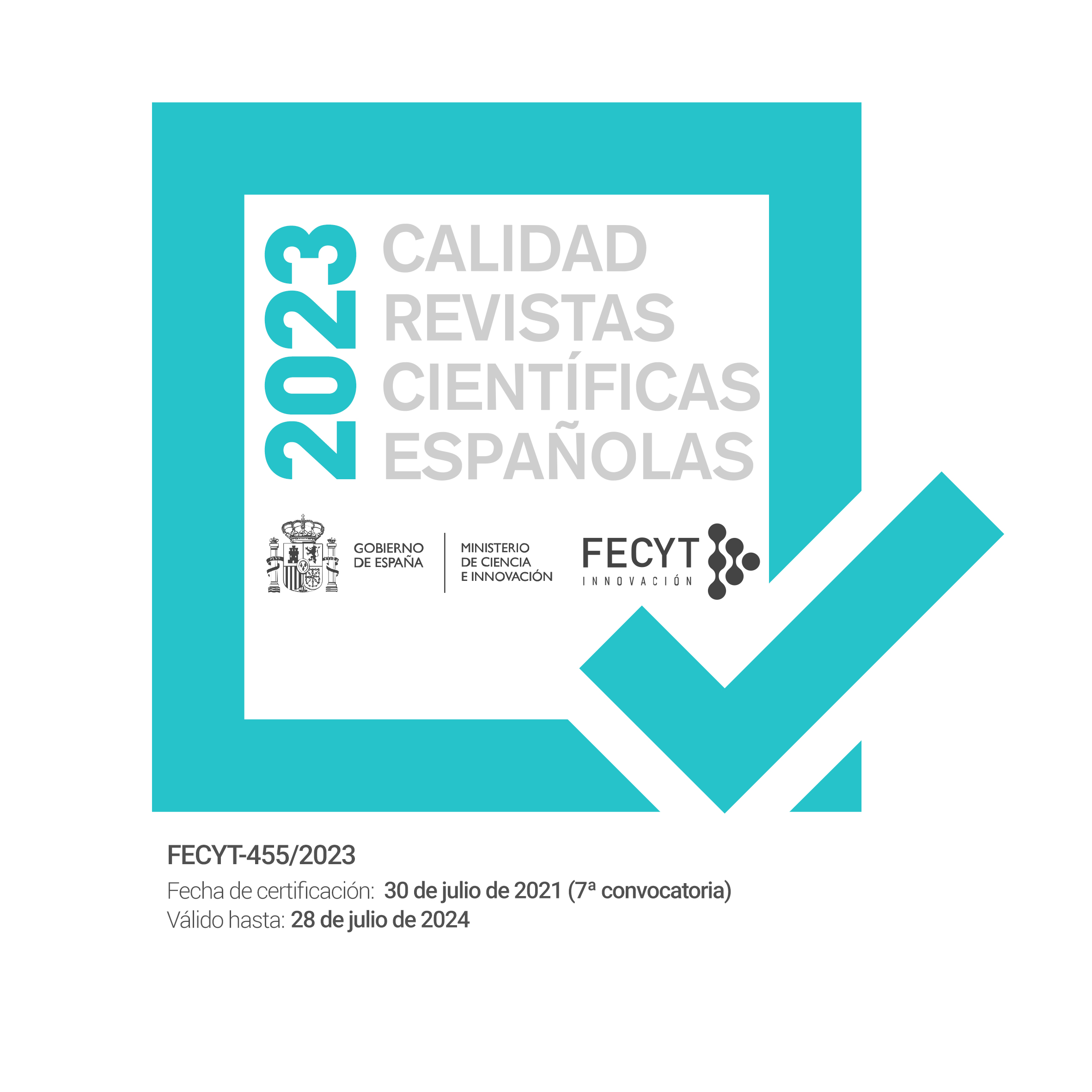Repoblación y gran propiedad en la región de los Montes de Granada durante el siglo XVI. El Cortijo
DOI:
https://doi.org/10.30827/cn.v0i17.2832Resumen
El presente trabajo fija su atención en el cortijo, como fórmula de ocupación y explotación agrícola utilizada por los castellanos en el territorio conocido por las “Siete Villas”. Es un modelo socio-económico de paisajes abiertos, con dominio de la tierra calma y hábitat disperso. El fundamento era la tierra y su justificación la propiedad.
La población castellana se asienta sobre tres formas de ocupación, que en muchos casos han perdurado hasta épocas recientes: Villas (Montefrío, Illora, etc.), alquerías (Alomartes, Deifontes, etc.) y cortijo (Domingo Pérez, Campotéjar, etc.). El objetivo fundamental consistía en abastecer de cereales a la ciudad de Granada, poniendo en explotación nuevas tierras donadas mediante mercedes.
El estudio de 120 cortijos proporcionados por la documentación pone de manifiesto lo siguiente: la forma más usual de hábitat es el cortijo aislado con 1 a 3 casas; amplia correspondencia propietario-cortijo; las mayores propiedades pertenecen a cristianos viejos; el mayor número de propietarios eran vecinos de Granada; en gran parte respondían a las características que podemos considerar como mediana propiedad.
Descargas
Descargas
Cómo citar
Número
Sección
Licencia
Nuestra revista se atiene a las recomendaciones para la implementación del Artículo 37 Difusión en Acceso Abierto de la Ley de la Ciencia, la Tecnología y la Innovación:
- Los/as autores/as cuyas contribuciones sean aceptadas para su publicación en esta revista conservarán el derecho no exclusivo de utilizar sus contribuciones con fines académicos, de investigación y educativos, incluyendo el auto-archivo o depósito de los artículos aceptados en repositorios institucionales o temáticos de acceso abierto de cualquier tipo en un plazo máximo de seis meses.
- Preferiblemente se permitirá el uso de la versión publicada de las contribuciones científicas, que estarán accesibles en abierto tan pronto como sea posible.
-
Que en caso de que el trabajo sea aprobado para su publicación, el/la autor/a autoriza de manera ilimitada en el tiempo a la entidad editora para que incluya dicho texto en Chronica Nova y pueda reproducirlo, editarlo, distribuirlo, exhibirlo y comunicarlo en el país y en el extranjero por medios impresos, electrónicos, CD, Internet o cualquier otro medio conocido o por conocer.






 ISSN-e: 2445-1908
ISSN-e: 2445-1908










